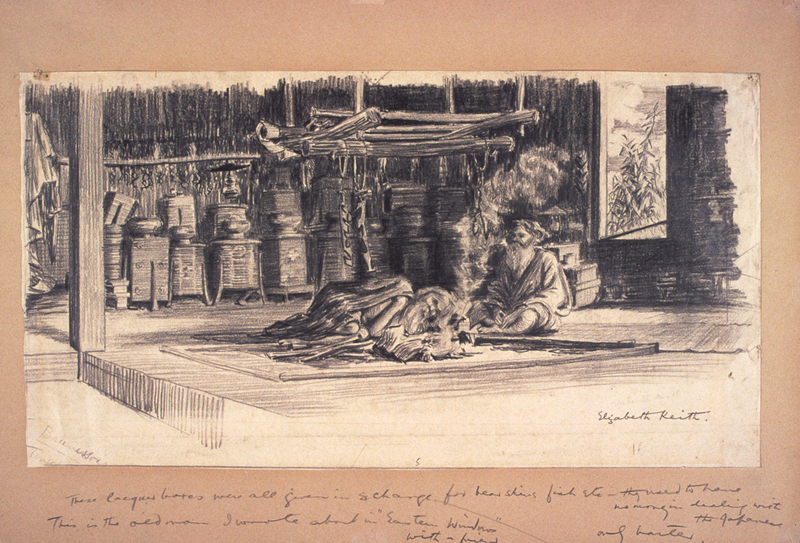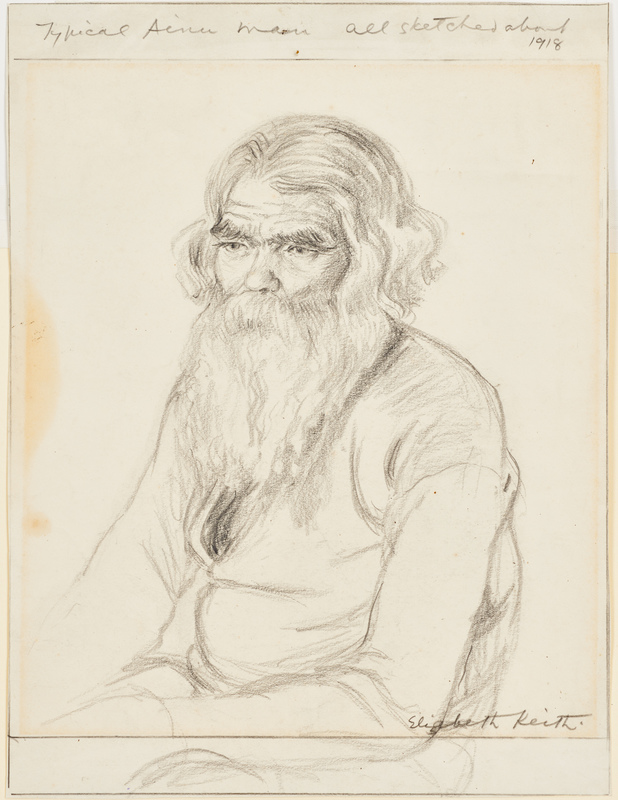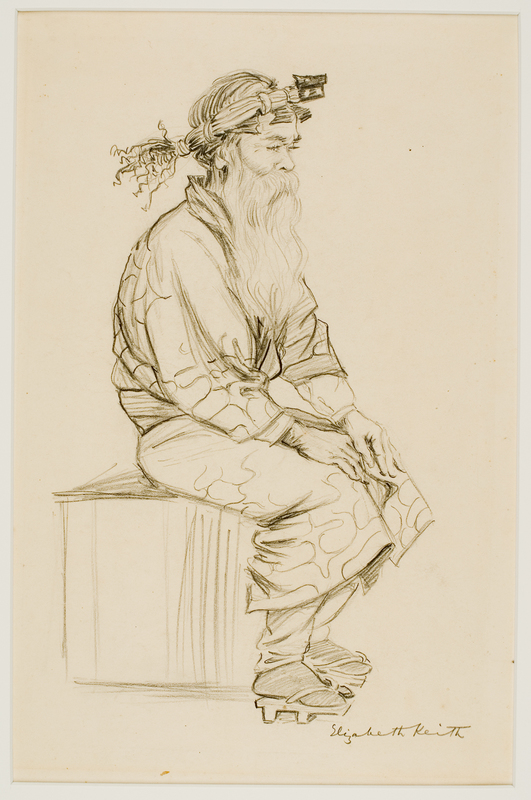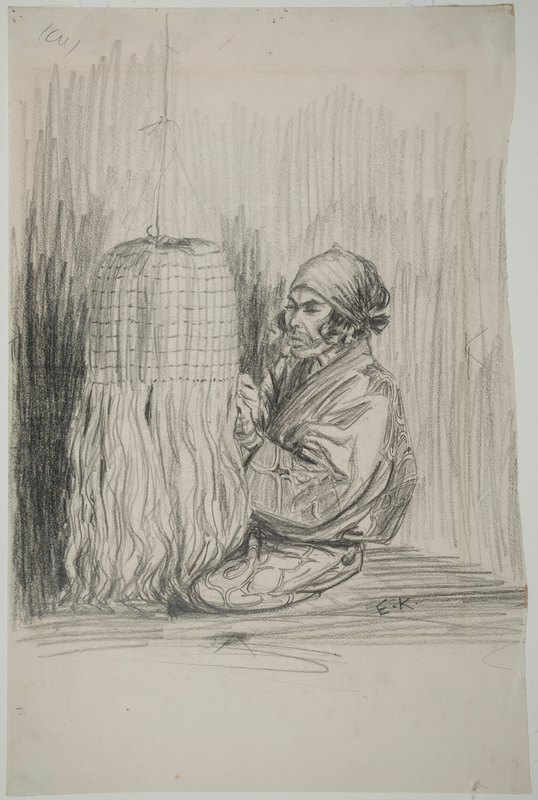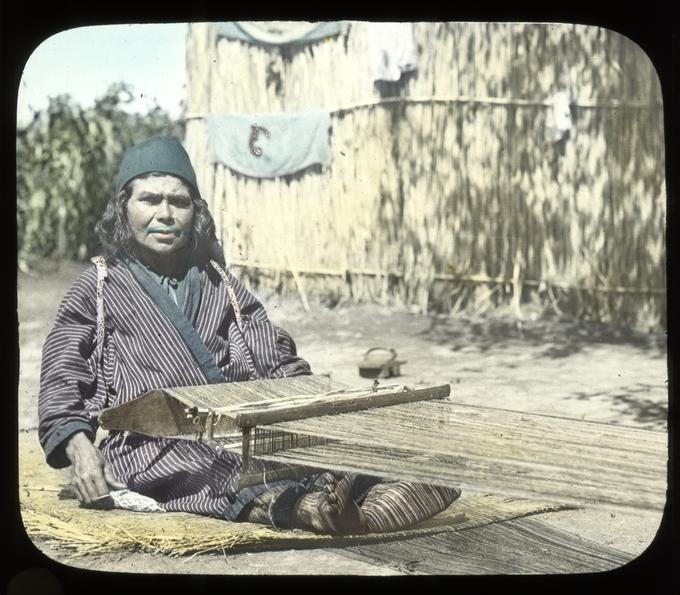Elizabeth Keith
Elizabeth Keith was a Scottish painter, printmaker, and author, who lived in Japan throughout the 1910s and 1920s. After traveling to Tokyo to visit her sister in 1915, Keith was so enamored with Japan that she decided not to return to Britain. She soon found work as an artist with the influential print publisher Watanabe Shōzaburō (1885-1962), and ultimately spent the next nine years as an artist, selling paintings and prints and writing of her travels through Asia and the Pacific.
In the series of sketches presented here, Keith highlights her skill in capturing scenes from daily life with grace and intimacy. She depicts a number of the individuals she encountered while visiting the village of Biratori in Hokkaido, including an older ferryman, the village chief, and a young mother. Drawing from her own experience as a foreigner living in Japan, Keith strove not to exoticize the “native-ness” of her subjects, but rather attempted to capture those in her works as complex individuals.1 Keith also took copious notes in her diaries, and published the details of her travels throughout Japan, Korea, China, and Southeast Asia in her 1928 book Eastern Windows.
Because few international travelers had the opportunity to personally visit Ainu communities at that time, Keith was initially very eager to visit Biratori. However, by the time she visited Hokkaido around 1917-18, Ainu lands had already been formally colonized for some fifty years, and decades of prejudiced and assimilationist policies had deeply impacted the community. In Eastern Windows, Keith notes how Biratori’s residents, like many other indigenous communities, struggled with social issues like poverty, discrimination, and neglect, and the book’s harsh descriptions of the Ainu community in Biratori—while seemingly at odds with her graceful and intimate sketches—nevertheless reflect the colonial attitudes common in Keith’s time. Despite this, Keith’s account helps to contextualize the already life-like portraits of Ainu individuals she documented, and if you look closely at the Sketch of Ainu Interior below, you can see a direct reference to Eastern Windows that Keith later made when sending these works to Gertrude Bass Warner.
Handwritten text: These lacquers were given in exchange for bear skins fish Etc—they need to have no money in dealing with the Japanese, only barter. This is the old man I wrote about in “Eastern Windows” with a friend.
1.) Dorothy Britton, “Elizabeth Keith (1887-1956): A Marriage Of British Art And Japanese Craftsmanship” in Britain and Japan: Biographical Portraits, Vol. VI, ed. by Hugh Cortazzi, 305-310 (Leiden, The Netherlands: Brill, 2007): 283-284.
